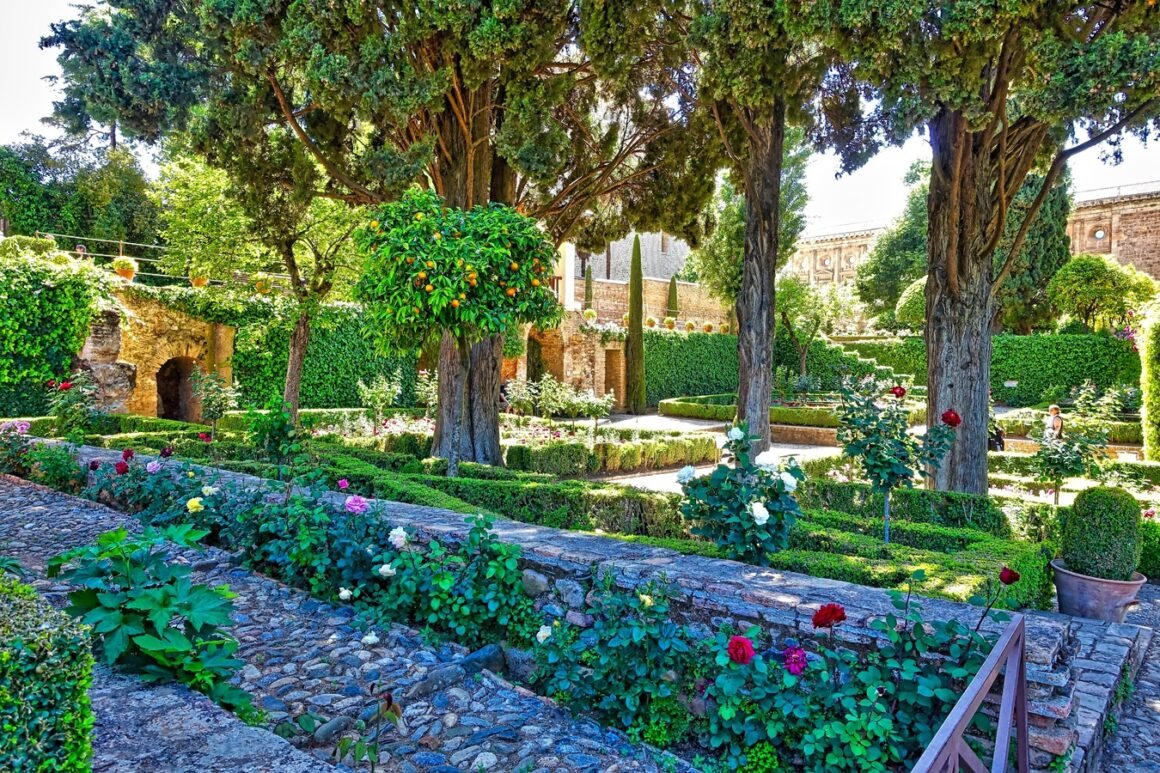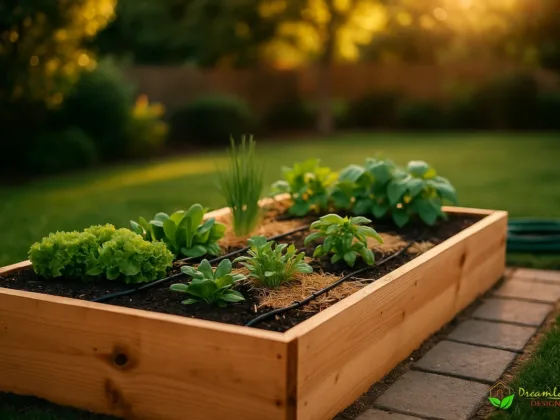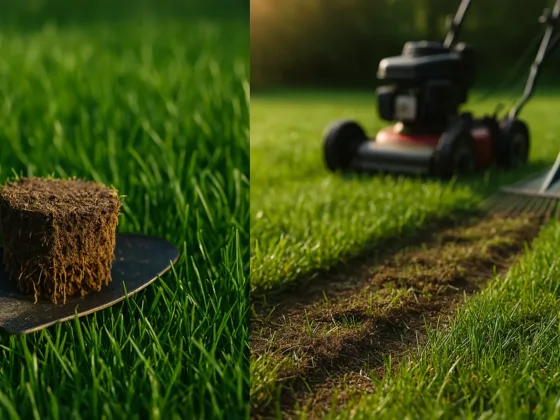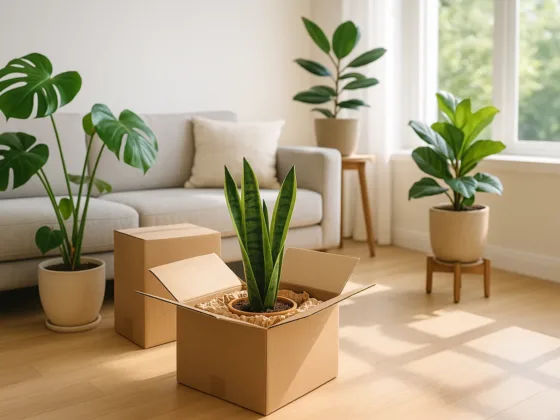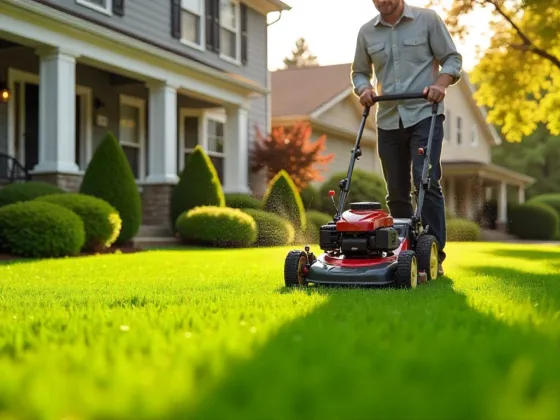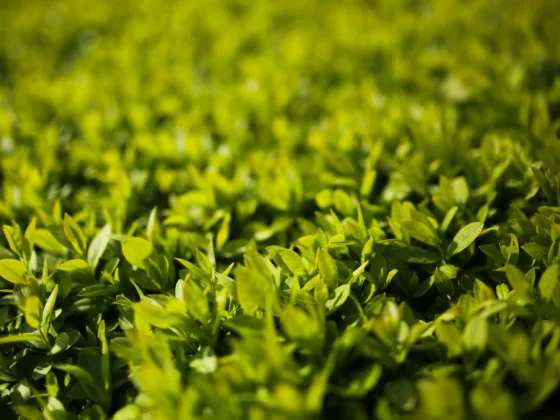Table of Contents Show
Selecting the right trees for a northern English garden involves understanding the unique climate and soil conditions of the region. Northern England’s weather can be more challenging for some plant species, with cooler temperatures and higher rainfall than the southern parts of the country. Therefore, choosing tree varieties that are well-adapted to these conditions is crucial for creating a thriving garden. A well-chosen tree not only enhances the aesthetics of a garden but also supports local ecosystems and biodiversity.
Native tree species are particularly well-suited to northern English gardens as they have evolved to flourish in the local climate and provide essential habitats for wildlife. Moreover, these trees offer the added benefit of requiring less maintenance than many non-native species, making them a practical choice for gardeners who want to enjoy a beautiful garden without excessive upkeep. Planting native trees can also contribute to the conservation of the local environment and support indigenous insects, birds, and other wildlife.
Using the services of a professional tree surgeon can help keep your trees healthy and thriving.
Key Takeaways
- Tree selection for northern English gardens must account for regional climate and soil.
- Native tree species offer increased resilience and lower maintenance.
- Thoughtful planting enhances both garden aesthetics and local biodiversity.
Selecting Suitable Trees for Northern England Climates
When considering tree planting in northern England, gardeners should choose species that are well-suited to the local climate and soil conditions. The selection of native trees is often recommended because they are adapted to the UK’s typical wet and cool winter conditions and tend to thrive in local soils.
Native Trees for Resilience
- Oak (Quercus robur): Robust against harsh weather, making it ideal for northern climates.
- Beech (Fagus sylvatica): Thrives in well-drained soils and offers a splendid autumn display.
- Rowan (Sorbus aucuparia): Known for its adaptability to cooler climates and offers bright autumn berries.
Trees for Wildlife and Aesthetic Appeal
- Silver Birch (Betula pendula): Recognisable for its silver bark, it provides valuable habitat.
- Hawthorn (Crataegus monogyna): Attractive in hedgerows and supports diverse wildlife.
Climate Change Considerations
- Alder (Alnus glutinosa): Suitable for damp conditions, and beneficial for riparian areas.
- Willow (Salix spp.): Grows well in wet soils and contributes to reducing flooding.
Gardeners should examine their garden soil’s structure and nutrient content before planting to ensure optimal tree health. Incorporating organic matter may be necessary to emulate the fertile, well-drained conditions that most trees prefer. It is also essential to acknowledge the challenges brought by climate change, opting for trees that can withstand extreme weather events and changing temperatures.
By selecting appropriate tree species, gardeners contribute positively to local ecosystems, promote biodiversity, and enhance the beauty of their gardens throughout the year.
Native Trees and Their Benefits
Incorporating native trees into a northern English garden supports local wildlife and maintains ecological balance. These trees are adapted to the region’s climate and soil conditions, making them hardier and more disease-resistant.
Deciduous Trees
- Rowan (Sorbus aucuparia): ideal for attracting birds with its vibrant red berries and white flowers. Thrives in moist, fertile soils.
- Birch (Betula spp.): recognized for its silver bark and delicate foliage. Supports a diversity of insects and provides shelter.
Evergreen Trees
- Holly (Ilex aquifolium): offers year-round greenery with spiky leaves and red berries. It’s a haven for birds during winter.
- Yew (Taxus baccata): an ancient tree known for dense, evergreen foliage, offering persistent shelter and red arils eaten by various birds.
Ornamental and Fruit Trees
- Crab Apple (Malus sylvestris): produces beautiful spring blossom and a bounty of fruit, which serves as a food source for birds and small mammals.
- Wild Cherry (Prunus avium): known for its stunning white blossoms and edible cherries that benefit wildlife.
Supporting Biodiversity
Native trees like the alder and hawthorn are crucial for different species. They offer:
- Caterpillar food plants for butterflies and moths.
- Nuts and seeds for squirrels and dormice.
- Foliage: provides breeding and nesting sites for various birds.
Adapting to Local Soil and Conditions
British trees like the oak and ash are well adapted to Britain’s range of soil types, from heavy clays to light sands, improving their survival and growth rate with minimal maintenance.
Impact of Tree Diseases
- Ash Dieback: This disease affects ash trees, but planting disease-resistant species can prevent its spread.
- Dutch Elm Disease: The loss of elms urges the planting of resistant species like the new strains of English Elm.
The Role of Trees in the Ecosystem
Native species like birch and rowan play a pivotal role in maintaining local ecosystems. They improve air quality, combat pollution, and provide essential resources for wildlife.
Trees with Interesting History and Folklore
- Oak: Known as the “king of the forest,” associated with strength, and endurance, and commonly linked to English folklore and witches’ tales.
- Hawthorn: Often found in hedgerows, these trees are steeped in mythology and the heart of many rural customs.
Planting and Care for Longevity
Proper planting and care are essential for maintaining healthy, thriving trees in a northern English garden. Gardeners should focus on the following aspects to ensure the longevity of their trees:
Selecting the Right Location
- Sunlight: Most trees require sufficient light; choose a location with adequate sun exposure or gentle shade, depending on the species.
- Soil: Check for well-draining, fertile soil; amend it if necessary to match the tree’s requirements.
Planting Technique
- Depth: Plant trees so that the root flare (where roots meet the trunk) is at or slightly above ground level.
- Spacing: Allow ample space for the mature canopy to ensure adequate air circulation.
Watering
- Newly planted trees need regular watering to establish their roots.
- Water deeply and infrequently to encourage deep root growth, adjusting for rainfall and season.
Maintenance
- Mulch around trees to retain moisture, regulate soil temperature, and reduce weed competition.
- Prune only when necessary, removing dead or crossing branches to maintain structure and health.
| Care Aspect | Action Required |
| Soil Testing | Adjust pH and nutrients as needed. |
| Watering | Weekly check; water deeply if dry. |
| Pruning | Annually inspect; prune in late winter. |
| Pest/Disease Management | Monitor frequently; address promptly. |
Routine tree care practices, adjusted for the specific needs of each species, ensure a vibrant garden contributing to a serene and picturesque environment.
Design Considerations for a Northern English Garden
When planning a Northern English garden, it is crucial to select trees that suit the unique soil and climate, enhance the landscape, and support local wildlife throughout the year.
Trees for Small Spaces
In small gardens, choosing trees that won’t outgrow the space is essential. The Crab Apple (Malus) is perfect as it remains compact and offers spring flowers and autumn fruits. The Rowan (Sorbus aucuparia) is another small tree with vibrant autumn color and berries that attract birds.
Creating a Year-Round Attractive Garden
For year-round appeal, consider trees with seasonal interest. The Field Maple (Acer campestre) exhibits stunning yellow-green leaves in spring and rich golden hues in autumn. Incorporating Holly (Ilex aquifolium) provides evergreen foliage and winter berries, which are both vibrant and attractive to wildlife.
Landscape and Aesthetic Value
Trees significantly contribute to the overall aesthetic of a garden. Tall trees like the English Oak (Quercus robur) and Beech (Fagus sylvatica) create a stately presence, while the exfoliating bark of the Silver Birch (Betula pendula) adds texture. These species blend well into a Northern English landscape, holding historical and cultural value.
Contribution to the Local Climate and Quality of Life
Planting trees is beneficial for the climate and overall quality of life. Large trees such as the Beech and English Oak not only provide shade but also aid in reducing pollution. Their ability to buffer climate change and create a healthy living space is an invaluable asset to any garden.
Combining Trees with Other Plants
Companion planting enriches the diversity of the garden. Underplanting with shade-tolerant shrubs and flowers can maximize the use of space and create habitats for wildlife. Interplanting Rowan or Crab Apple with native shrubs and plants will establish a resilient and dynamic ecosystem.
Frequently Asked Questions
Selecting the right trees can transform a garden, especially in northern England where the climate demands resilient and adaptable species. Here are some of the most commonly asked questions about choosing the best trees for this region.
Silver birch is an elegant choice for small gardens, thanks to its slender form and distinctive white bark. Rowan trees are also an excellent match for compact spaces, with their vibrant berries adding a splash of color.
For gardens in the north of England, native species like the robust field maple and the hardy holly adapt well to the cooler climate. Hazel and silver birch are also reliable choices that support local wildlife.
Columnar trees such as the ‘Fastigiate’ variety of European hornbeam provide strong vertical accents without consuming much horizontal space, making them well-suited for small gardens.
For privacy, consider planting trees with a dense canopy such as beech or evergreen yew, which can be trimmed to form a living wall that thrives even in the cooler northern climate.
Trees that bear fruit or nuts, like rowan or hazel, offer food for wildlife, while the dense foliage of holly supports various bird species. Oak trees are also known to support a diverse range of wildlife.
Smaller gardens benefit from trees with contained growth habits, such as the crab apple, which provides both spring blossoms and fruit for wildlife, or the Amelanchier, known for its stunning white flowers and autumn color.
